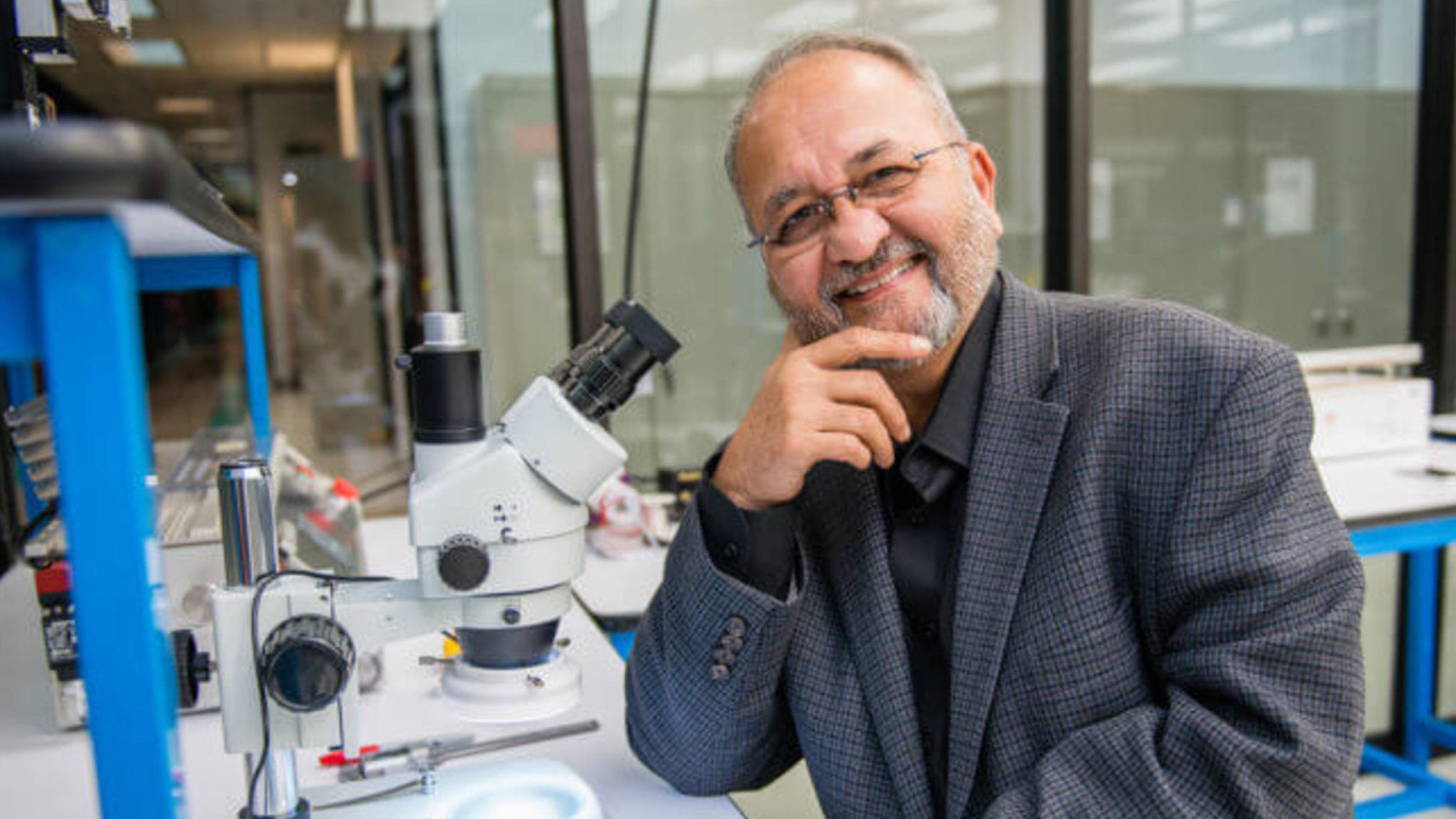
Mir Imran, Rani Therapeutics
Rani Therapeutics eyes potential IPO as robotic pill technology takes shape
Two efforts to transform injectables into robotic pills — a colossal market designed to enhance treatment compliance, diminish the need for physician-led therapeutic administration and placate …
Sign up to read this article for free.
Get free access to a limited number of articles, plus choose newsletters to get straight to your inbox.